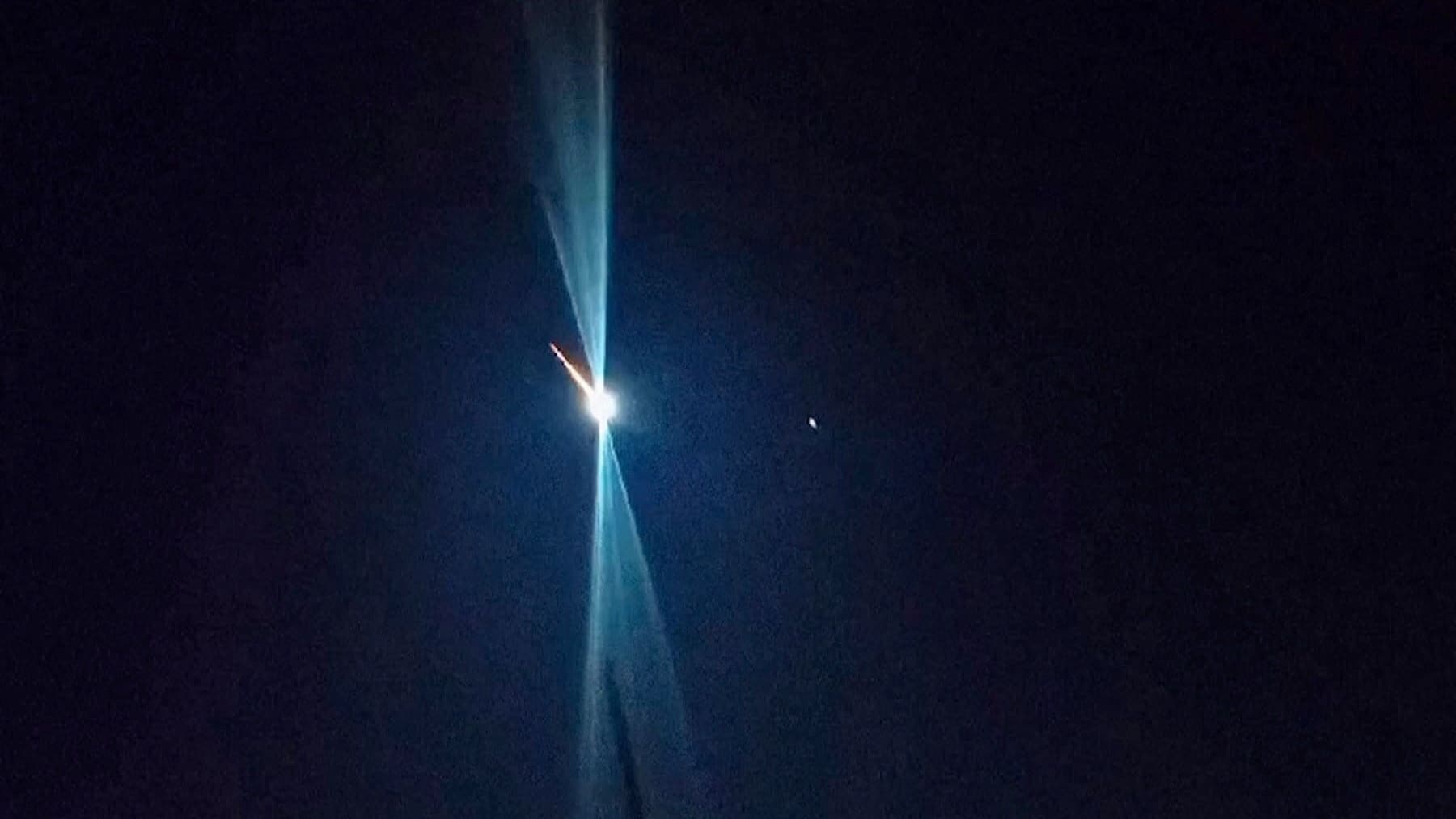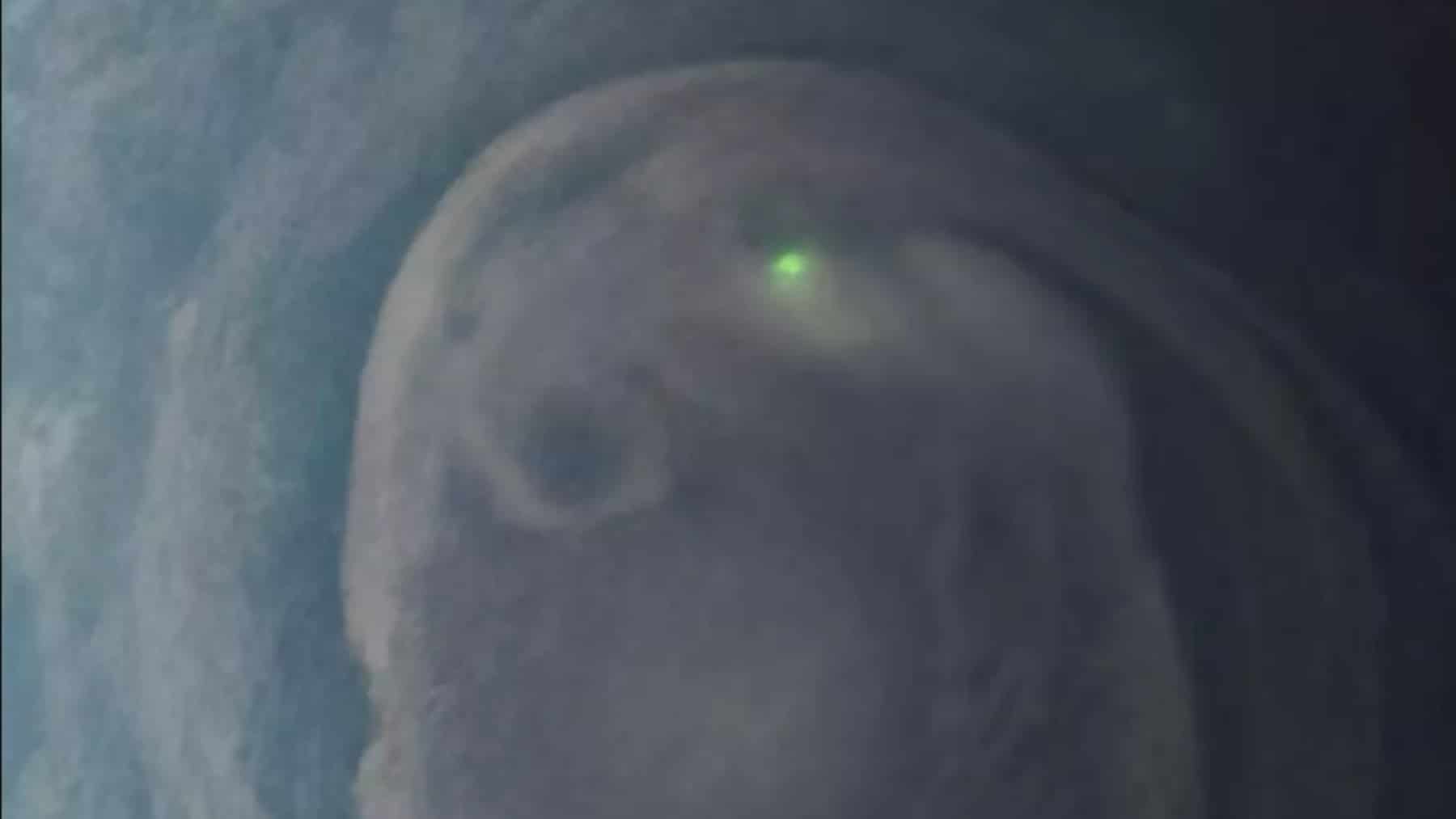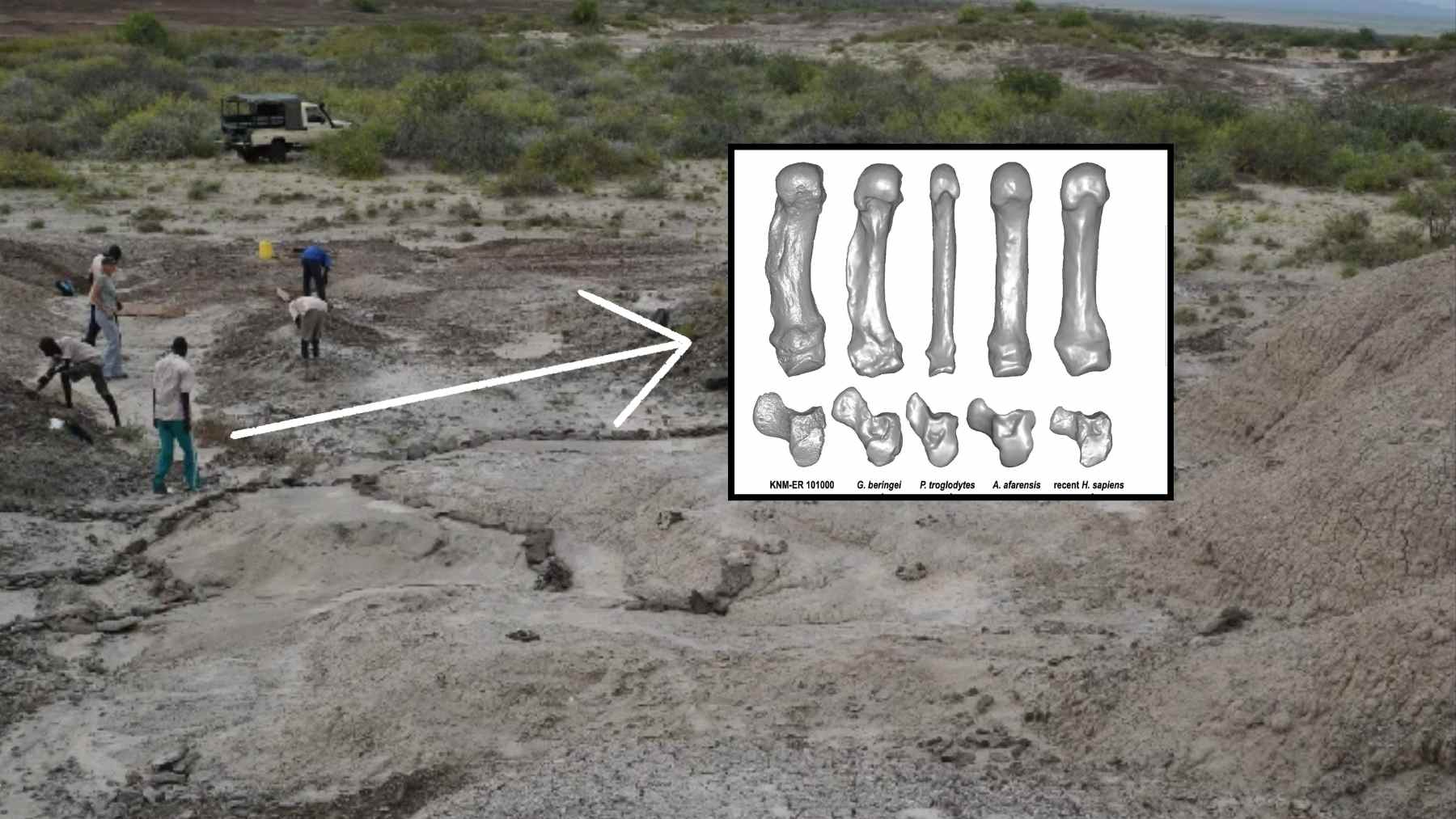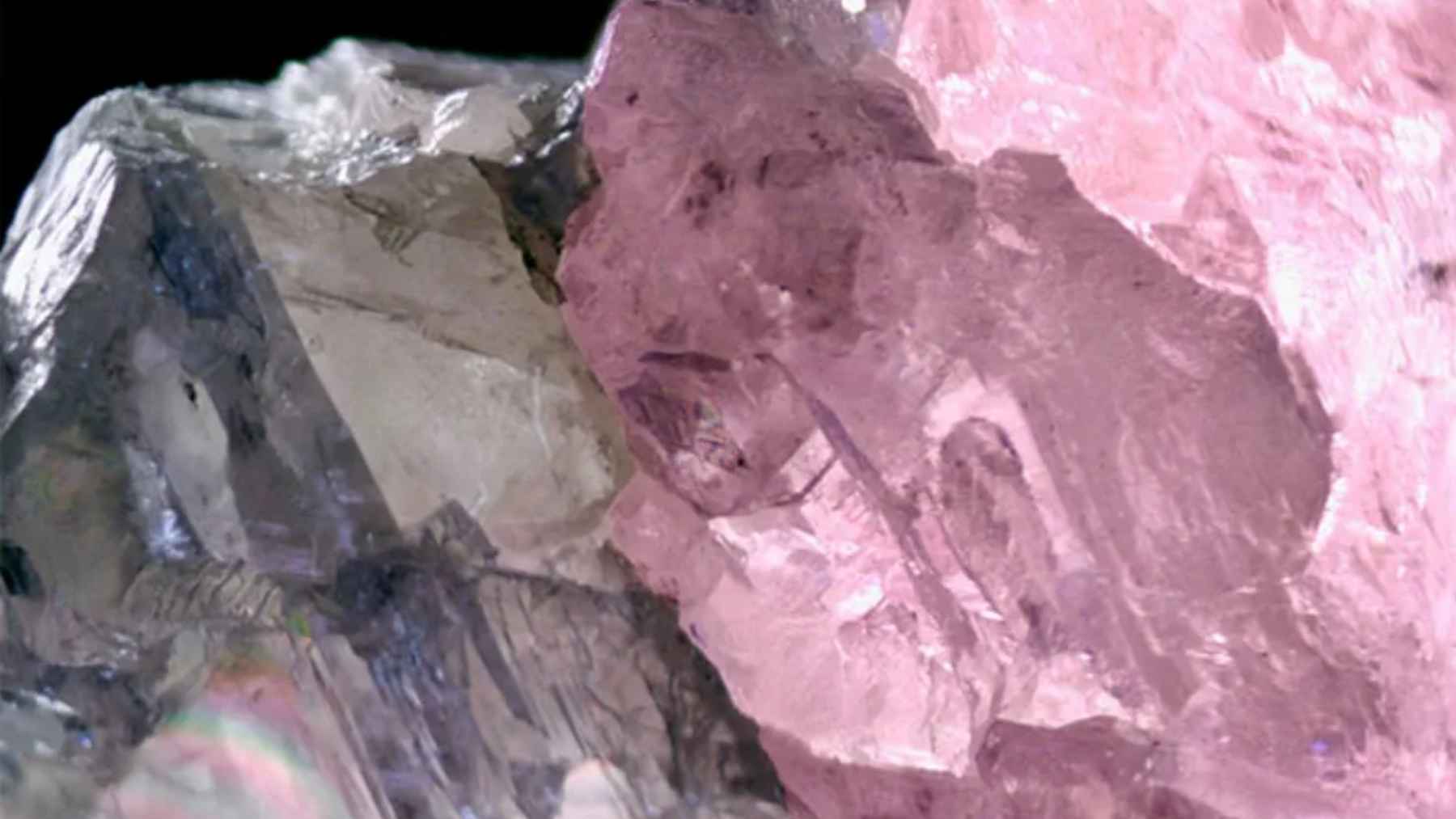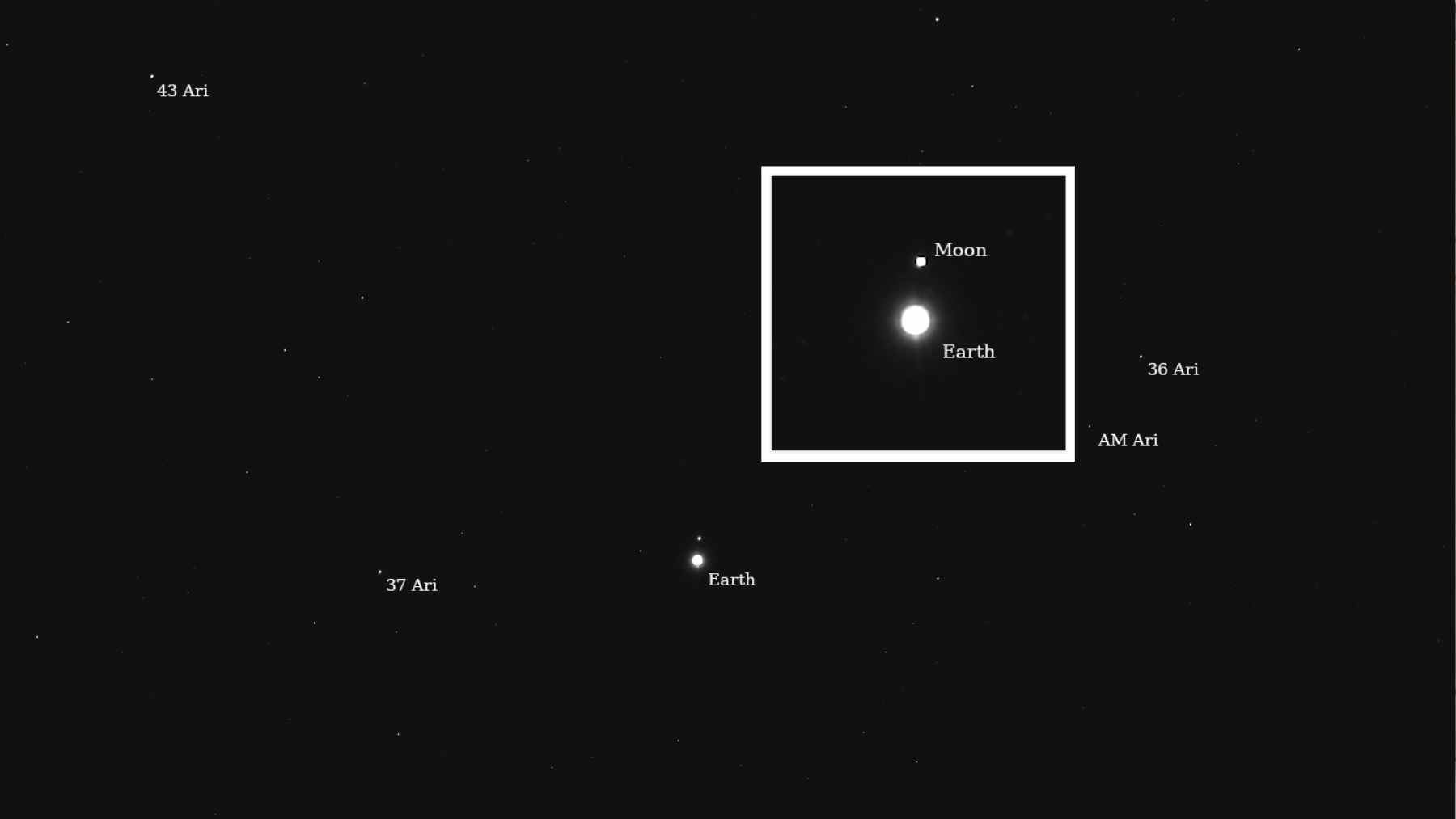We know the starry sky holds surprises for us. But every now and then, something comes along that not only surprises us but baffles even the most experienced astronomers. That’s what happened in May of this year, when Gennady Borisov, the same man responsible for the first interstellar comet ever observed (2I/Borisov), detected a new celestial body: comet Borisov. And it’s not just any comet, okay? It has such unusual characteristics that some have already dubbed it “almost interstellar.”
A rediscovery of comets…
To begin this story, we must remember that Gennady Borisov is no ordinary name in the world of astronomy. In 2019, he was responsible for detecting the first comet with proven interstellar origin, 2I/Borisov, a somewhat historic discovery, by the way. Until six years later, he surprised us once again with his discovery of the so-called C/2025 J1. And it’s all very recent; it was detected between May 2 and 3, 2025, at his observatory in Crimea
The comet initially appeared as a very faint dot; it was small and still had a subtle tail. Of course, other observatories rushed to confirm its cometary nature, including previous records (even before the official discovery) from the Zwicky Transient Facility in the USA… It was these additional observations that further solidified its unique orbital profile.
Do you know what the orbit of comets is like?
But what really caught everyone’s attention in this interstellar commentary was its orbit. Not only does comet C/2025 J1 follow an extremely inclined path, at 95.44 degrees to the plane of the Solar System, but its closest approach to the Sun (perihelion) will also be very distant (it’s only farther away than this object moving 2 billion km from the Sun). We’re talking more than 535 million kilometers, which places it beyond Mars, near the asteroid belt.
What does this mean? Well, it won’t “dive” close to the Sun like many famous comets do. Instead, it will slice through the Solar System almost vertically, like crashing a well-organized party. This makes its trajectory visible, for example, very close to the North Star (Polaris): quite a rarity among comets.
To complete this surprising story, the inclined orbit also raises hypotheses about how this type of comet forms and where it comes from. Could it be a relic of distant gravitational perturbations? Or a sample from a still poorly mapped region of the Solar System’s outer realm?
What to expect from this comment in the coming months
Of course, despite all the astronomical excitement, C/2025 J1 (Borisov) won’t be easy to observe with the naked eye. The comet should shine at its brightest between 17.2 and 17.7, which means it can only be seen with medium or large telescopes. But don’t worry, there’s a silver lining: it will remain visible for months at a time.
Especially in the Northern Hemisphere until August 2026. Soon after, its declination will change, and the South will have a privileged view until part of 2027. This longevity of visibility (albeit faint) is quite rare and allows astronomers to follow its evolution, from its tail to its spectral composition. In fact, some say that, with luck, we’ll be able to observe changes in its activity as it approaches perihelion, predicted for June 2026.
It seems this interstellar body serves to demonstrate that, while we’re still looking to Mars or even exoplanets for news, comets continue to pass by us like sealed letters from a cosmic library we haven’t yet learned to fully decipher. That’s why we need to always be prepared for this type of event; in fact, a stellar explosion that occurs once every 80 years was recently observed.
